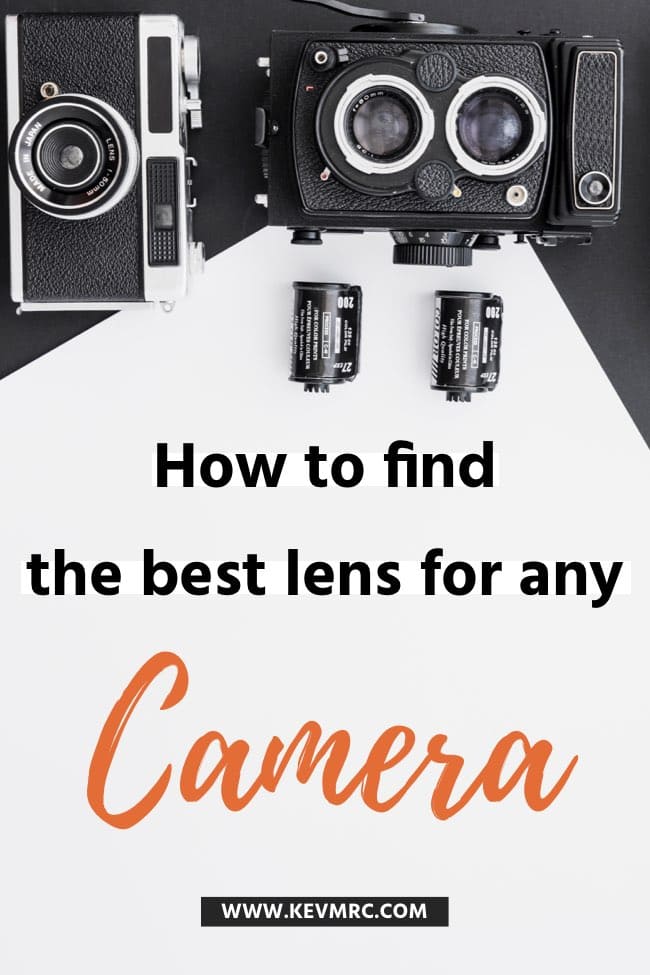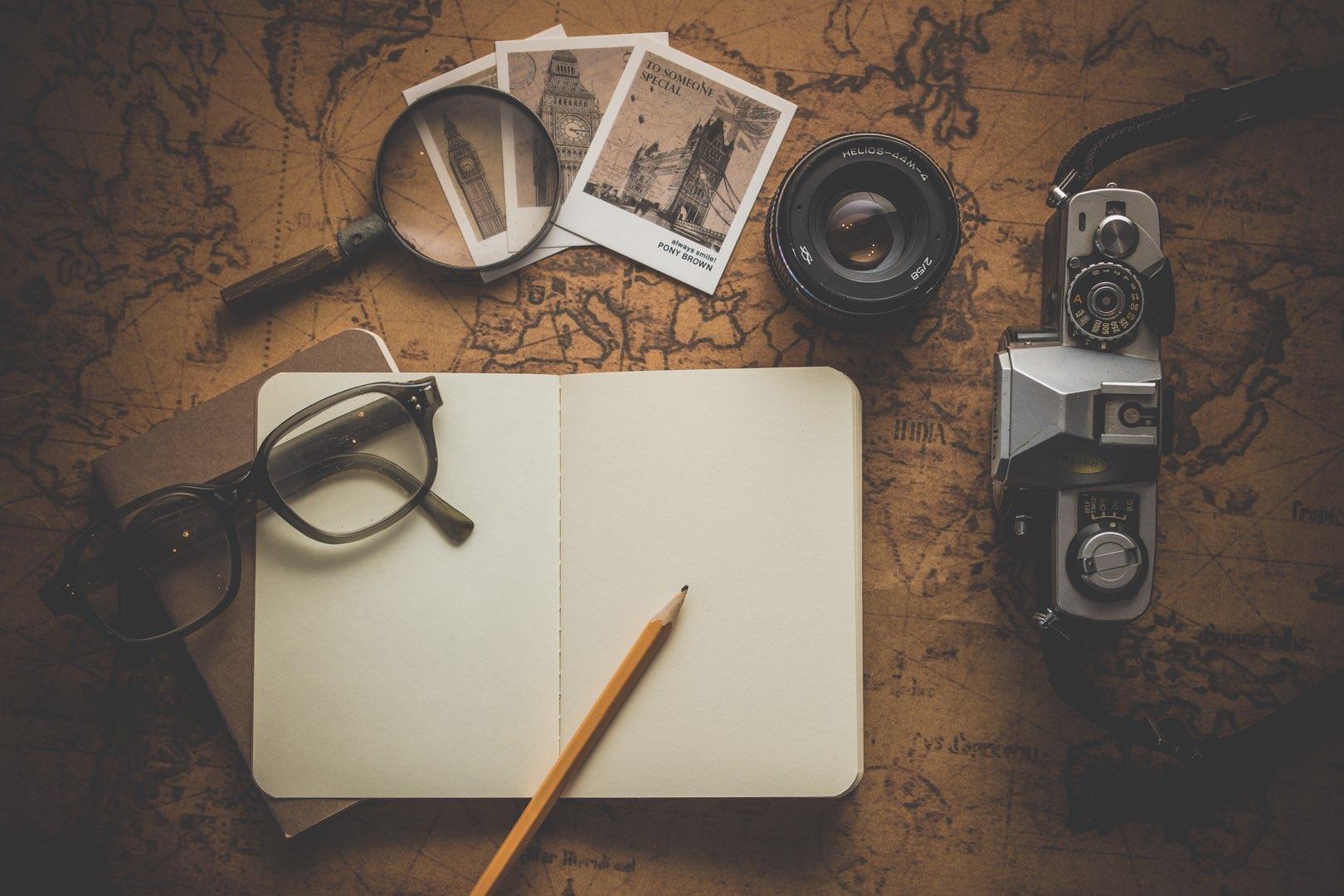Find the Best Lens for Any Camera in 2 Minutes – A Simple 2-Steps Process
One of the most asked questions regarding photography gear is « how to find the best lens for X camera ». When buying a new camera, the next logical step is to acquire lenses. And deciding which lens to get is a really arduous process, as there are just so many different brands and models to choose from.
In this guide, I will share with you a simple 2 step process that will allow you to find the BEST lens for ANY camera in under 2 minutes. Yep, 2 minutes is all it takes to find out which lens is the best for your very own camera.
So, ready to find out? Let’s dive in!
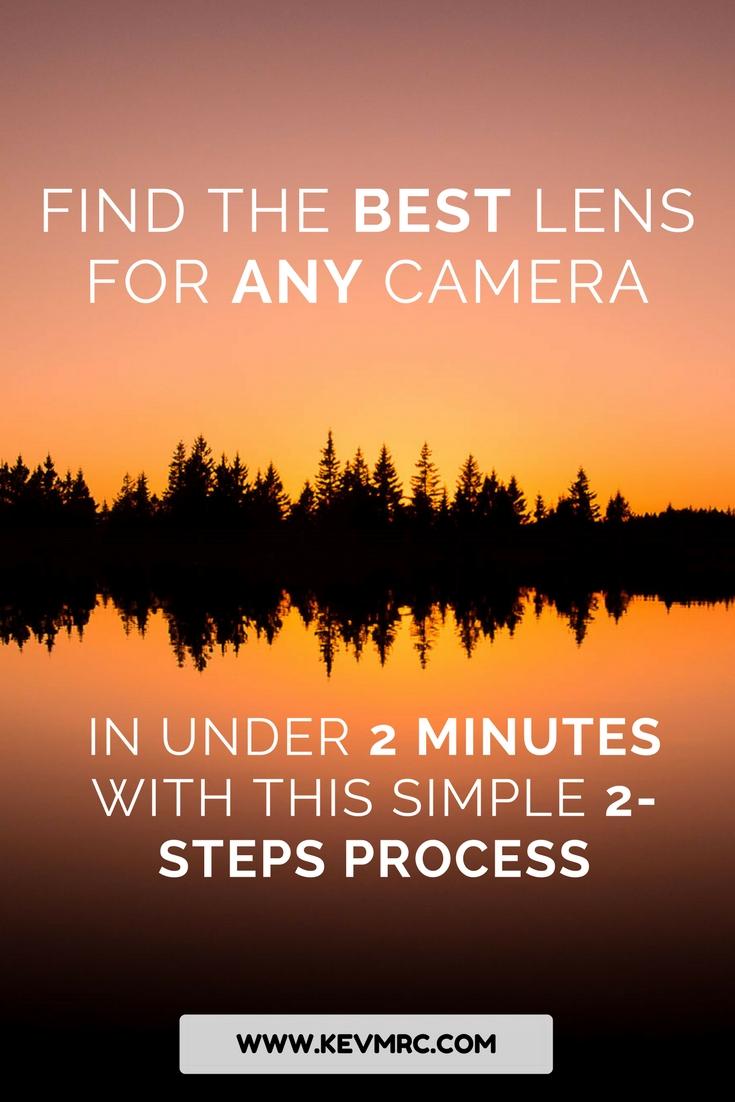
To find the best lens for your camera is often a very long and strenuous process. You first have to figure out which type of lens is best for your type of photography: fish-eye lens, wide-angle lens, 50mm, 85mm, telephoto lens, and everything in-between. Then you have to choose between prime and zoom lenses. And then, if that wasn’t enough work, you have to find out everything about a lens to compare it with another one: sharpness, distortion, vignetting, transmission, chromatic aberration, ….
I don’t know about you but I got exhausted just by reading that long-ass list. Imagine actually having to do all this and choosing the best lens for any camera. And to make matters worst, you then have to make sure the lens you’re choosing is actually the best for YOUR camera.
Every time I want to buy a new lens I always go through the same struggle: I try to find information online, but it’s hard, it takes time, the information I’m looking for isn’t in the same place, and I have to browse several different websites in order to find what I’m looking for.
Until one day, when I found an incredibly helpful online tool to help you find the best lens for any camera.
I decided to put together this guide, to share with you my simple 2 steps technique to find the best lens for any camera in under 2 minutes, so that you can save time and spare yourself the frustration stemming from this complicated process.
The 2 Steps Process
Here is the exact 2 steps process I use every time I am trying to find the best lens for my camera:
1- Decide which type of photography you will do with the lens
2- Find out the best lens on DxOMark
Yep, as simple as that. Select the type of photography then quickly check online the best lens for your camera.
Alright, let’s break down the 2 steps process; I’ll explain in-depth everything you need to know in order to be able to find the best lens for any camera in under 2 minutes in the future.
Which type of photography?
To begin with, you need to ask yourself the following question: « What type of photography will I use this lens for? » By answering this question, you will already narrow down the pool of lenses you’ll choose from.
This first step will tremendously help you in choosing the best lens for your camera; I wrote down the main types of photography below, and suggest the most commonly used type of lens for this type.
Pick the type of photography you will use your lens for, and read on the find the most appropriate type of lens that will suit you for this specific use.
To jump straight to any type of photography, simply click on the corresponding name in the list below, and it will take you to the correct section:
- Landscape Photography
- Architecture
- Night Photography
- Portrait Photography
- Street Photography
- Action Photography
- Wildlife Photography
Landscape Photography
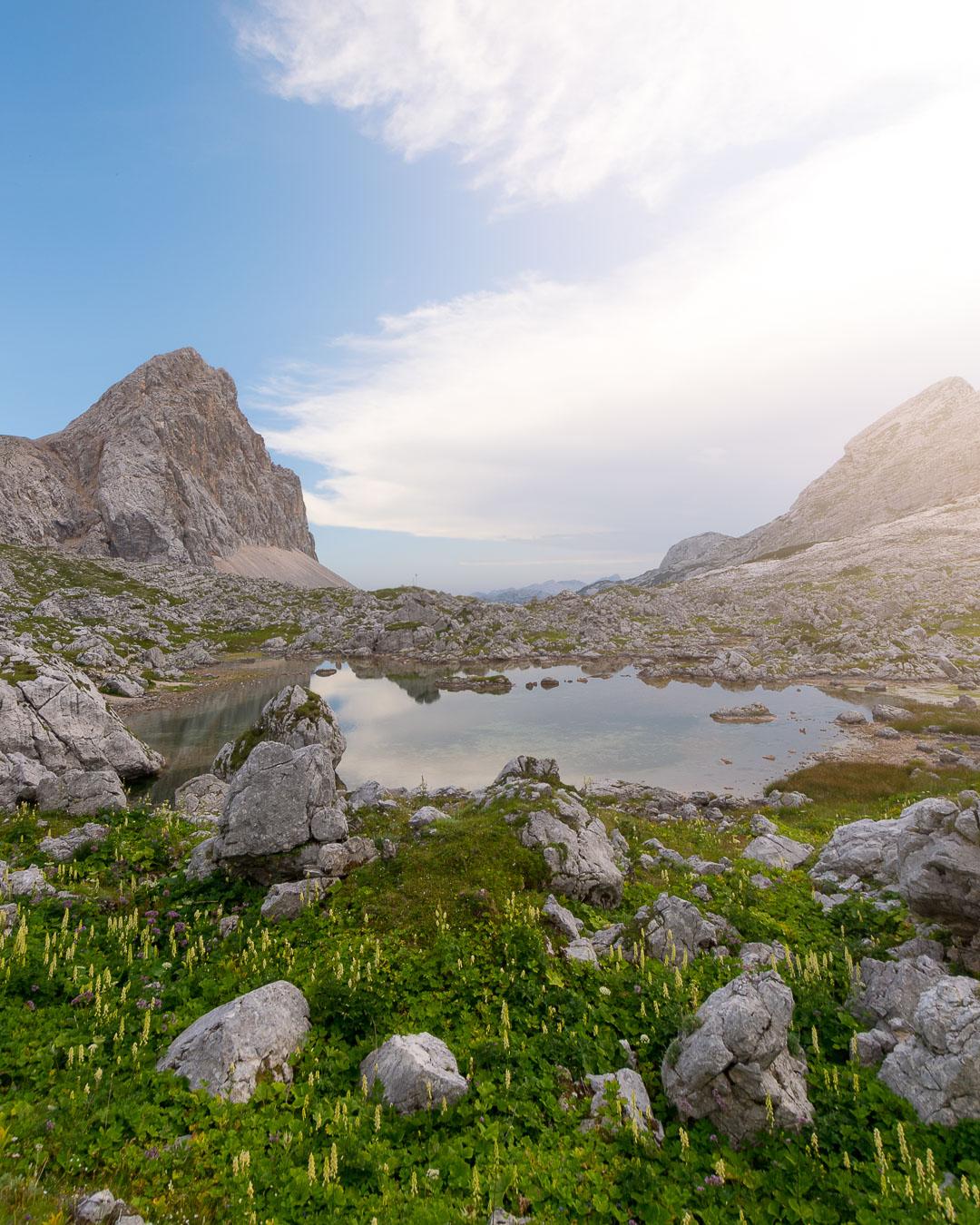
Best lens: Wide-angle Zoom Lens
In this category, you’ll find the best type of lens for landscape photography. This type of lens will work extremely well for shooting:
-landscapes
-cityscapes
-seascapes
-architecture
-night photography
For Architecture Photography and Night Photography I added two sub categories to refine the selection; keep reading below for more information.
When photographing landscapes, the best lens to have with you is a wide-angle lens. Wide-angle lenses allow you to capture more of the surrounding scenery in your shots than regular lenses.
Focal range wise, wide angle lenses range from 15mm to 35mm. Keep in mind that these are numbers for full-frame cameras. If you have a crop sensor, you need to factor in the crop to calculate your focal length (for example, a 10mm lens mounted on a 1,5x crop sensor will be a 15mm; a wide-angle lens).
For landscape photography, photographers tend to prefer zoom lenses, versus prime lenses; oftentimes you find yourself blocked by the topography of an area (a cliff, an ocean, …). For that reason, having a zoom lens allows for more flexibility to capture shots.
However, it’s important to note that zoom lenses aren’t as sharp as prime lenses.
Architecture Photography
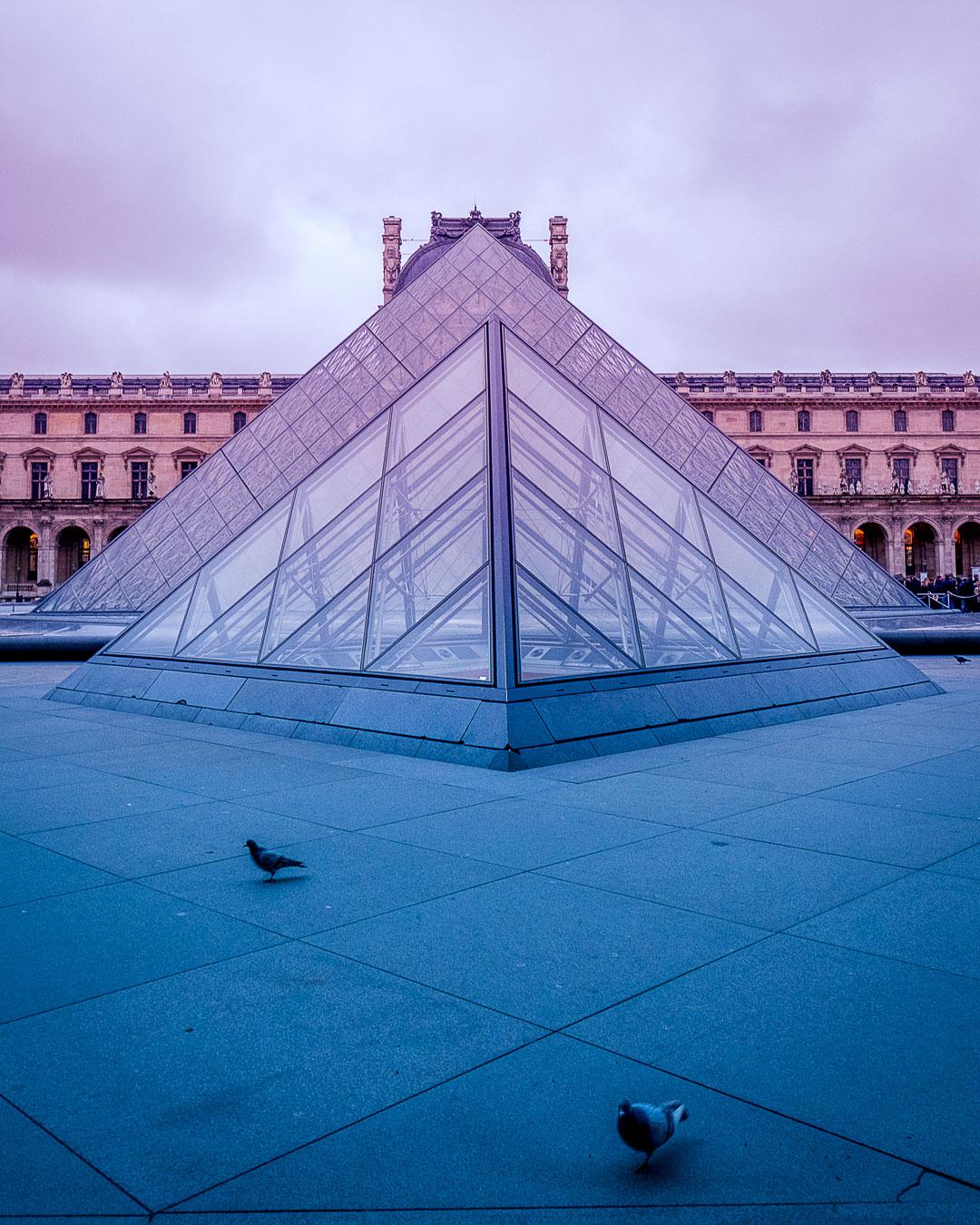
Best lens: Fish-eye Zoom Lens
The same principles than for landscape photography apply to architecture photography. You need a wide-angle lens, and often a zoom lens for more flexibility.
However, for architecture photography, you might want to consider a specific type of wide-angle lenses: fish-eye lenses.
Fish-eye lenses are even wider than wide-angle lenses, allowing you to capture even more of the scene in your shot. This is particularly useful when photographing huge structures and architecture.
Night Photography
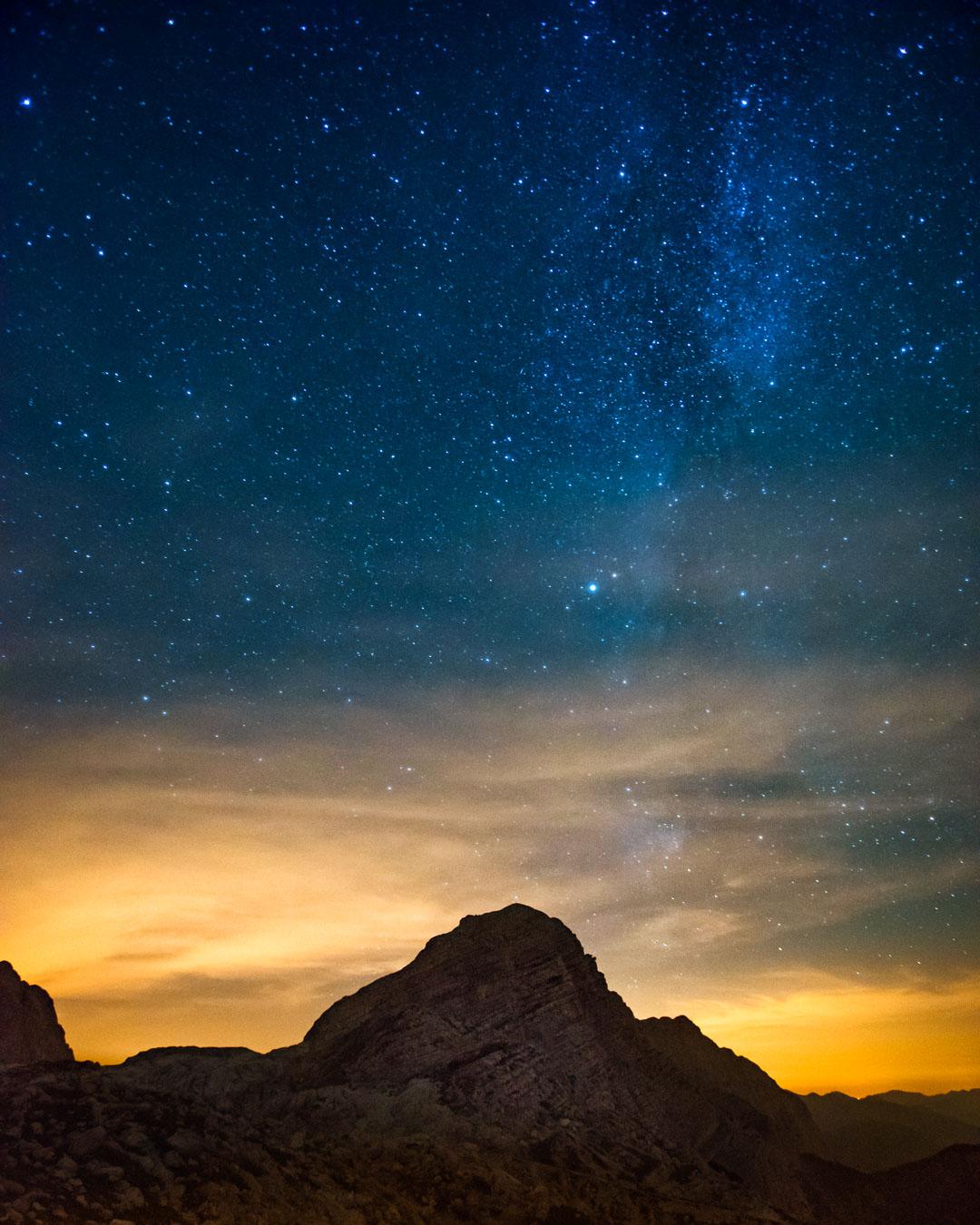
Best lens: Fast Wide-angle Prime Lens
Night photography is a specific kind of landscape photography, and it’s the style of photography that definitely puts your gear to the test.
To learn more about the best lens for night photography, see here : Best Lens for Night Photography
When photographing stars, you’re struggling to get any light to hit the sensor of your camera: for that reason, you need to widest aperture you can get (also known as fast lens). The fastest lenses you can get are prime lenses. For night photography, you need a wide-angle lens that can open at least as wide as f/2.8.
Portrait Photography

Best lens: Prime Fast Lens (35mm to 105mm)
For portrait photography, it’s of course important to not only follow the rules of portrait composition but also to pick a lens that replicates the field of view of the human eye. Otherwise, your subject will appear distorted in your photos, and won’t look good (unless that’s a specific effect you’re trying to go for).
The best focal length for portrait photography is from 35mm to 85mm; 50mm is the sweet spot that replicates exactly the human eye on a full frame camera.
In order to isolate your subject from the background, and create a nice bokeh, you need a wide aperture: at least f/1.8
As you’ll often take close up of people, you also want to make sure your lens is really sharp. That’s one factor to look for in the next step. For best sharpness, you’ll want a prime lens, as prime lenses are sharper than zoom lenses due to their design (the light has to go through less glass before reaching the sensor)
Street Photography
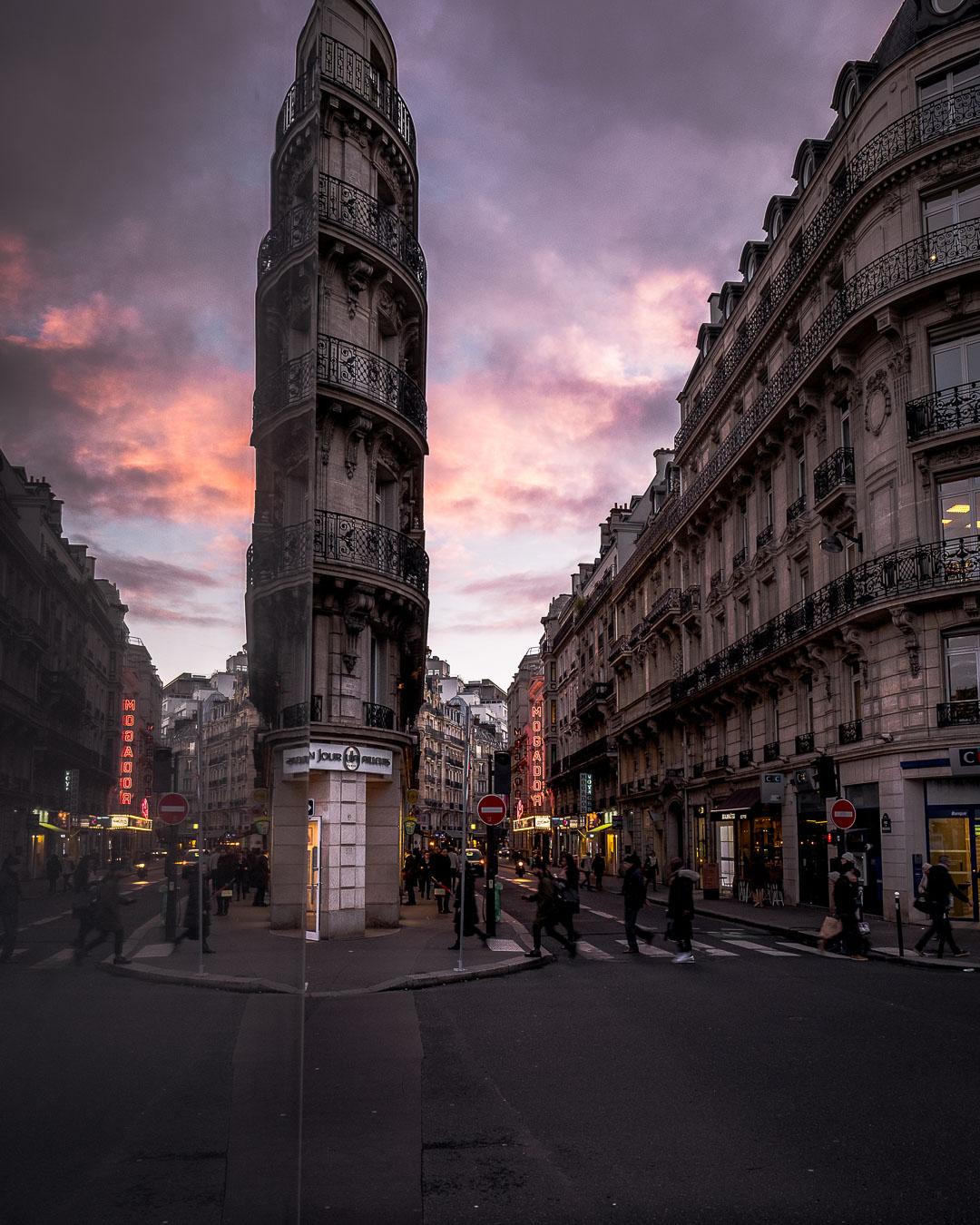
Best lens: 50mm lens
The kind of lens you need for street photography is similar to the one for portrait photography.
As your main focus are people, you need a narrow depth of field to isolate them from busy backgrounds. For maximum depth of field, you’ll need to use prime lenses. Another advantage of prime lenses is that they are way more compact than zoom lens, and thus make you way less noticeable when trying to get that perfect street shot.
For a good compromise between taking shots from afar and wide enough to capture subjects close to you, the 50mm lens is the best tool for street photography.
Action Photography
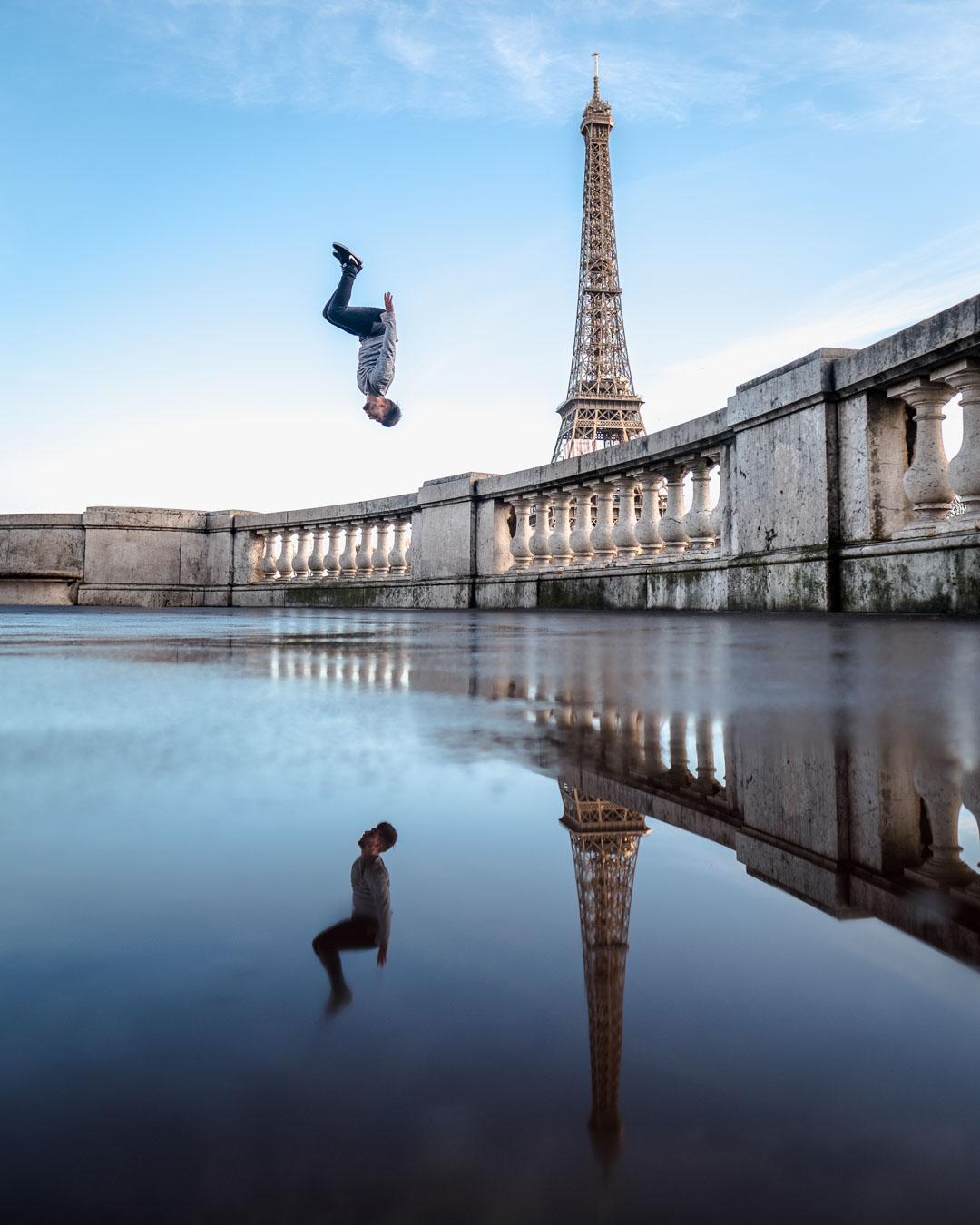
Best lens: Telephoto Zoom Lens
When shooting action photography, you’re often far from the action; for that reason, the best kind of lens for action photography is a telephoto lens: from 70mm to 200mm.
As the action is unpredictable, in the way that it can happen relatively close to you or really far away, you need a zoom lens for maximum flexibility and to be ready for every situation.
Wildlife Photography
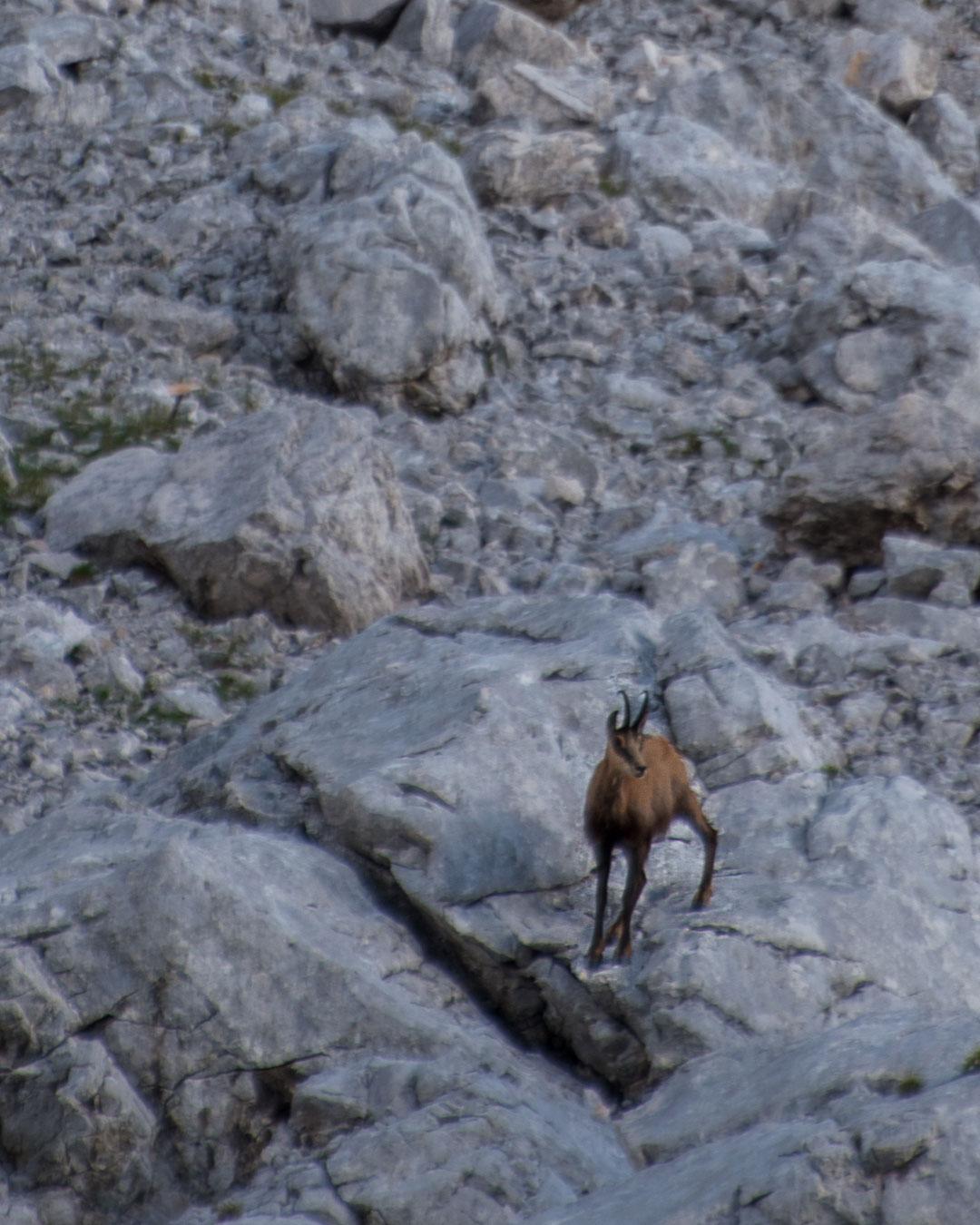
Best lens: Super Telephoto Zoom Lens
In wildlife photography, you’re trying to capture the beauty of wild animals in their environment; because they are wild animals, they are often elusive and hard to approach. To be able to catch them on camera, you will need a particular type of lens: a super telephoto lens.
A super telephoto lens typically ranges from 70mm to 400mm
As for action photography, you have no control over how far the animal will be; that’s why you’ll need a zoom lens, to be able to adapt to any situation.
There you have it, the best kind of lens for the main types of photography. These are guidelines that you can use to choose the best lens for your camera, but remember that rules are meant to be broken. If you feel like shooting landscapes with a 50mm lens, then go ahead! Similarly, you can use different lenses than the one mentioned for the type of photography: a telephoto lens is often used for landscape photography, even though the wide-angle remains the most used.
Indeed, you can use any type of lens for any type of photography. You are the photographer, and your gear does not define you.
Find the Best Lens for Your Camera on DxOMark
DxOMark is a company focused on testing the image quality for camera and lenses. It’s the trusted industry standard, and they have the widest database based on thousands of references.
If you head to their website, you can find a really useful tool: Explore Lens Database. This is the tool that we will be using to quickly find the best lens for any camera.
I will walk you through all the steps to use this tool, to quickly find what you’re looking for.
Open The Tool
To open the tool, go to DxOMark’s website, click on « Lenses » and then on « Explore Lens Database ».
Or just simply click on this link : https://www.dxomark.com/Lenses
Choose Camera Brand

Click on the dropdown menu and choose your camera brand.
Select your exact camera

Click on the dropdown menu next to « Mounted on » and select your exact camera. This will make sure that the lenses suggested are the best for your camera specifically.
Lens Size
That’s where the 1st step comes into play: use the answer you gave to the question « What type of photography will I use this lens for? », and the best type of lens suggested for that type of photography.

For example, if you’re shooting landscapes, tick « wide-angle ». You can also tick « Super wide-angle » if you want more options.
Lens Type
For the lens type, refer to Step 1 to see which type of lens is suggested for your type of photography: prime or zoom

The main difference is that prime lenses are sharper, and faster (they have a wider max aperture); zoom lenses offer flexibility to be ready for any situation.
Focal Range – Optional

If there is a specific focal range you need for your lens, then you can input it in this field by sliding the arrows. However picking the « Lens Size » is often enough.
Aperture Max – Optional

If you absolutely need a specific aperture for your lens, for example f/1.4 for night photography or portraits, then you can input it here by sliding the arrows.
Mount Type – Optional

If you haven’t selected your Camera Brand and Camera Body (« Mounted on » ), then you can specify the mount type of your lens.
Once you have tweaked all the settings, you can look at the list below the settings box to see all the lenses that match your selection, ranked in descending order starting from the best one.

In the list, you can find an incredible amount of information about each lens, allowing you to take the best purchasing decision for your new lens.
The main information to look at is the « DxOMark Score », which is basically the grade of each lens. The higher the score the best the lens(the very best lens all brands included scored 51).
Pay attention to the lens « Sharpness » as well, and you’ll be able to quickly judge the quality of any lens.
Finally, the « Launch Price » of the lens is also listed on the left side; this can be important to factor in your decision, as you might have set a budget for your new lens, or maybe you just don’t want to break the bank.
Compare Lenses
If you find different lenses interesting, and are still unsure about which one would be best for you, you can compare them, to find the best lens for your camera. Click the red plus icon on the far right side for each lens you want to compare; when you have selected all the lenses you want to compare, hit « View Comparison ». This will take you to the comparison screen, with in-depth information about each lens put side to side.

So there you go, everything you need to know about how to find the best lens for any camera in under 2 minutes.
If you want to learn more about photography, simply enter your email below to access for FREE all my resources for photographers.
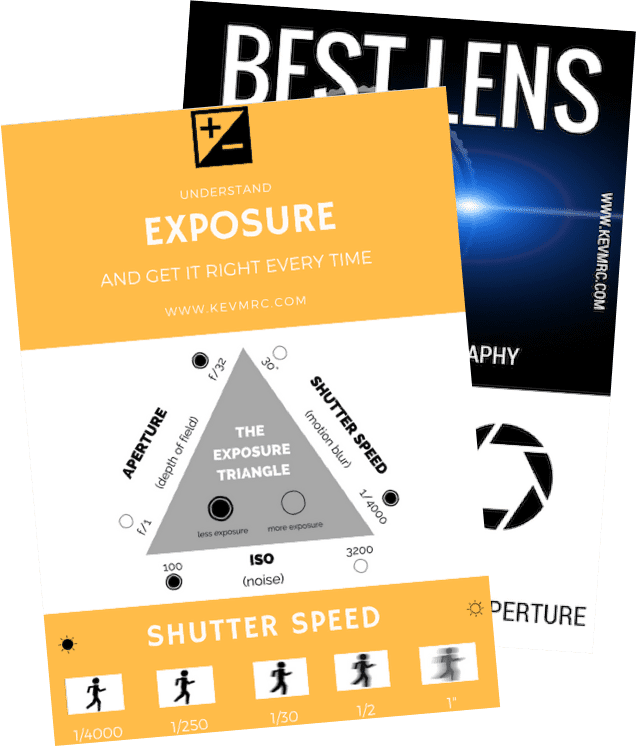
Get my FREE Photo Resources
Need help perfecting your photos? I've created step-by-step guides and compiled all my tips in a folder that I'm giving you free access to, to help you become a better photographer. Get it straight to your inbox now!
No spam, unsubscribe anytime.Did this help you find the best lens for your camera? Or do you have another method you use? Let me know in the comments!
Pin this to Pinterest!
Enjoyed this guide? Then help a fellow traveler and pin it! They'll most definitely love you for it, 100% guarantee.
